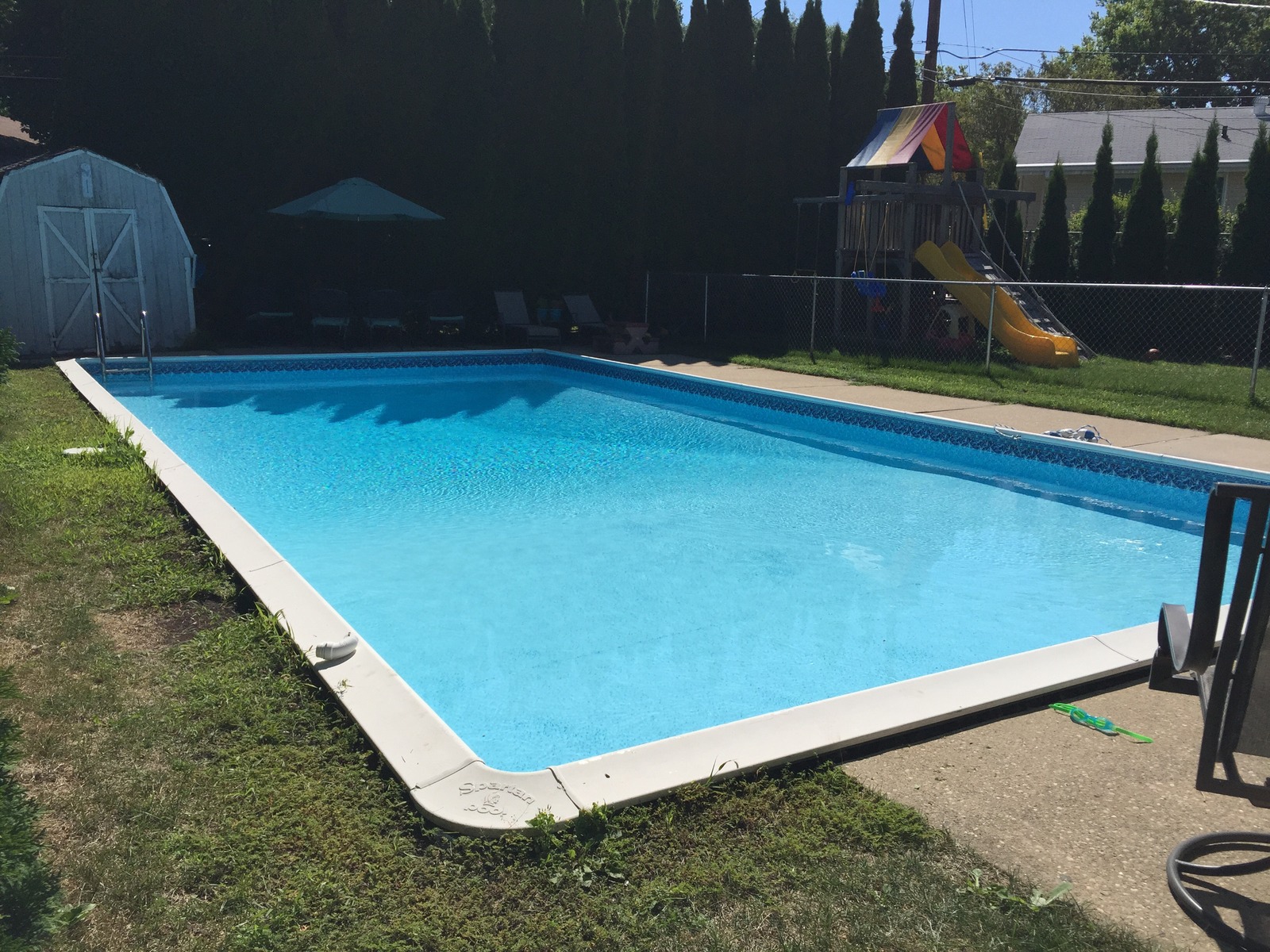This thread is the closest I've found to what I've got going on, but it's not entirely it.
Dumb question about using a vacuum plate
I've noticed that whenever I shut off the valve to the vacuum line, that I see some air bubbles in the pump basket and they never entirely go away unless I open up the vacuum line. Running the vacuum line without the skimmer line is no problem, other than losing the skimmer (I usually do this when using the vacuum line to clean the pool.
The reason for this post is that I'd like to re-pipe the vacuum line such that it's a second return, and use the skimmer to vacuum, since my pool has incredibly crappy circulation. So far, I'm having NO luck using the skimmer to vacuum. Using a skimmer plate isn't working at all, and I'm getting a ton of air in the pump basket when I plug my hose directly into the bottom of the skimmer. Again, I've had no problems with this same hose when plugging it in to the vacuum line, so it's not the hose.
is it possible that I've got a slow/small leak somewhere between the skimmer and the shutoff valve? If there is, how would I go about tracking down where the leak is, short of digging up the pipes?
Dumb question about using a vacuum plate
I've noticed that whenever I shut off the valve to the vacuum line, that I see some air bubbles in the pump basket and they never entirely go away unless I open up the vacuum line. Running the vacuum line without the skimmer line is no problem, other than losing the skimmer (I usually do this when using the vacuum line to clean the pool.
The reason for this post is that I'd like to re-pipe the vacuum line such that it's a second return, and use the skimmer to vacuum, since my pool has incredibly crappy circulation. So far, I'm having NO luck using the skimmer to vacuum. Using a skimmer plate isn't working at all, and I'm getting a ton of air in the pump basket when I plug my hose directly into the bottom of the skimmer. Again, I've had no problems with this same hose when plugging it in to the vacuum line, so it's not the hose.
is it possible that I've got a slow/small leak somewhere between the skimmer and the shutoff valve? If there is, how would I go about tracking down where the leak is, short of digging up the pipes?


